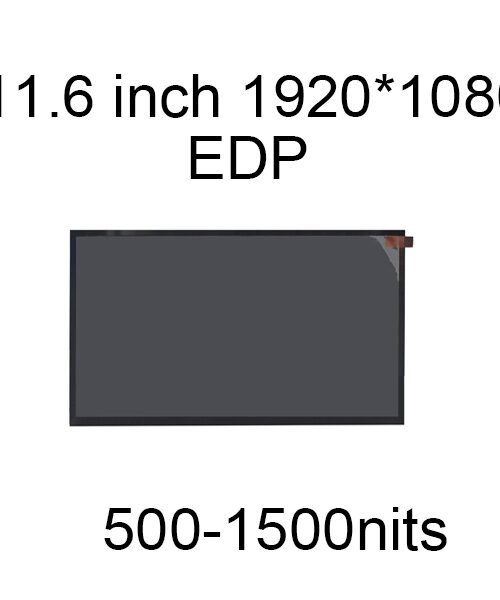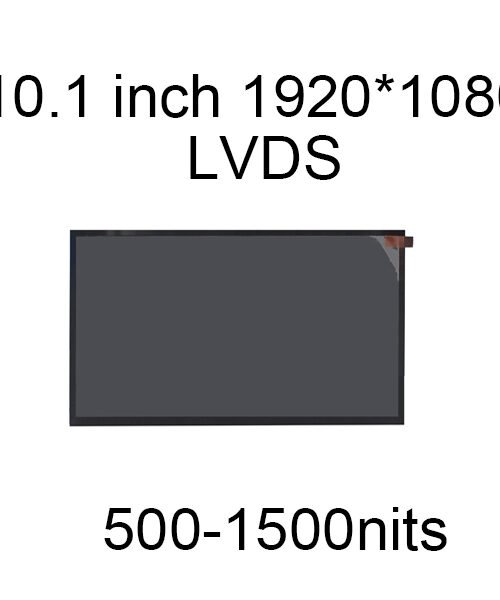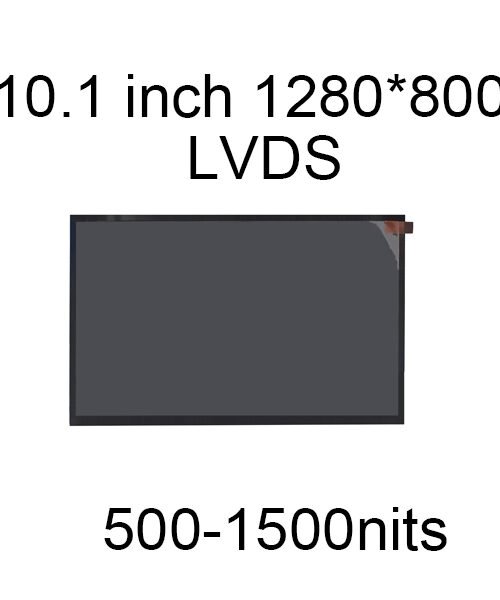LCD (Liquid Crystal Display) screens are manufactured in various countries around the world, with many of the largest production facilities located in East Asia. The specific location of LCD production can vary depending on the company and its supply chain, but several countries are known for their significant roles in LCD manufacturing:
China: China is a major hub for LCD production. Many global electronics manufacturers have facilities in China, where they assemble and produce LCD screens. Cities like Shenzhen and Suzhou are well-known for their electronics manufacturing industries.
South Korea: South Korea, with companies like Samsung and LG, is a significant player in LCD manufacturing. They produce a wide range of LCD displays, including those used in smartphones, televisions, and computer monitors.
Taiwan: Taiwan is another prominent location for LCD manufacturing. Companies like AU Optronics and Innolux have manufacturing facilities in Taiwan. Taiwan is known for producing display panels for various applications.
Japan: Japan has a history of LCD technology and production, with companies like Sharp and Japan Display Inc. (JDI) being involved in LCD screen manufacturing. However, they have faced increasing competition from other countries.
South East Asia: Countries  in Southeast Asia, such as Malaysia, Thailand, and Vietnam, have also become important locations for LCD manufacturing, as they offer cost-effective labor and production facilities for many global electronics companies.
in Southeast Asia, such as Malaysia, Thailand, and Vietnam, have also become important locations for LCD manufacturing, as they offer cost-effective labor and production facilities for many global electronics companies.
United States and Europe: While LCD screen manufacturing is less common in these regions, there are still some facilities involved in the production of LCD components and technologies. However, they often focus more on other display technologies like OLED.
It’s important to note that the global supply chain for LCD screens often involves the production of various components in different locations. For instance, the raw materials, glass substrates, and some electronic components may be manufactured in one place, while the assembly and integration into finished LCD screens occur elsewhere. Additionally, the display industry is continually evolving, with newer technologies like OLED (Organic Light Emitting Diode) displays gaining popularity and influencing manufacturing locations.
Certainly, here are some additional details regarding LCD screen manufacturing:
Supply Chain: The manufacturing of LCD screens involves a complex global supply chain. This includes the production of LCD panels, glass substrates, color filters, backlighting components, and more. These components can be manufactured in different regions and then assembled into complete LCD displays in facilities around the world.
Raw Materials: The production of LCD screens requires several raw materials, including glass substrates (often sourced from manufacturers in Japan and South Korea), liquid crystal materials, and various chemicals and metals for manufacturing the electronics and backlights.
Evolution to LED LCDs: While traditional LCDs used CCFL (Cold Cathode Fluorescent Lamp) backlights, modern LCD displays use LED (Light Emitting Diode) backlights, which are more energy-efficient and provide better color accuracy. LED backlight technology has become widespread and is a standard feature in most LCD displays.
Advanced LCD Technologies: In addition to standard LCD displays, there are more advanced forms of LCD technology, such as IPS (In-Plane Switching) and OLED displays. These technologies provide improved viewing angles, better color accuracy, and faster response times. Some companies have manufacturing facilities dedicated to producing these advanced LCDs.
Quality Control: LCD manufacturing involves rigorous quality control processes to ensure that each screen meets the required specifications for color accuracy, resolution, and other performance factors.
Environmental Concerns: The LCD manufacturing industry has faced scrutiny regarding its environmental impact. Efforts have been made to reduce energy consumption and hazardous materials in the manufacturing process. Additionally, recycling and proper disposal of LCD screens are important for environmental sustainability.
Competition with OLED: As OLED displays gain popularity for their thinner form factors and ability to produce true black colors, some manufacturers are shifting their focus to OLED production. Companies like Samsung and LG are known for their OLED technology and are investing in OLED manufacturing facilities
In summary, the production of LCD screens is a global industry with manufacturing facilities in various countries. It involves a complex supply chain, advanced technologies, and a constant evolution to meet the demands of the consumer electronics market. As display technology continues to advance, the manufacturing landscape may shift accordingly.







